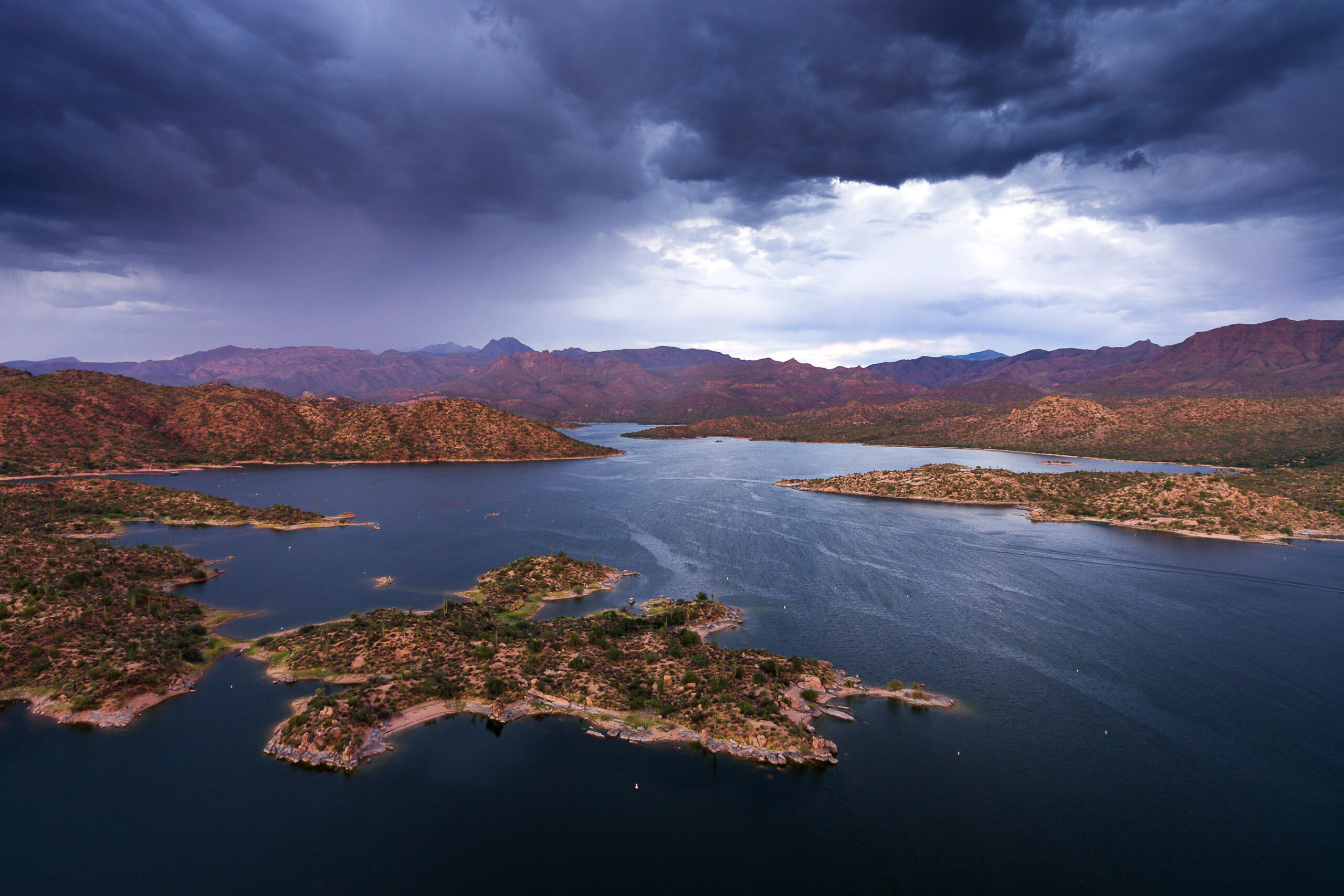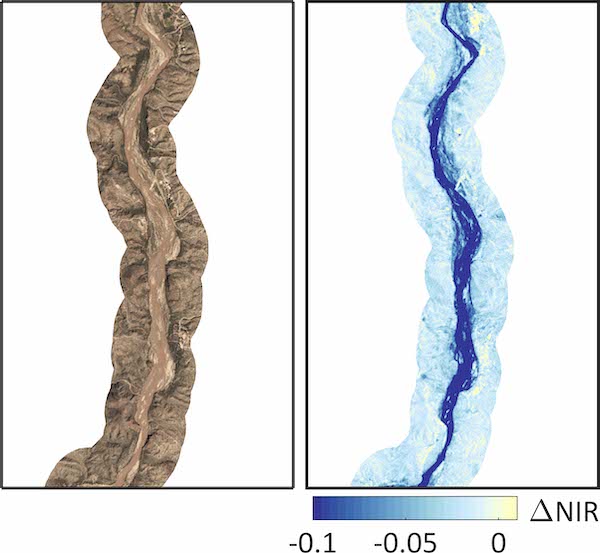
Research Themes

Desert Hydrology
Our group has long-term experiments across a range of watersheds where we combine field instrumentation, sampling, remote sensing, and physically-based hydrologic modeling. We advance knowledge in arid and semiarid hydrology for land and water managers. To do so, we study hydrologic patterns, atmospheric, ecologic and geomorphic interactions, and link these to sustainable water resources. Recent publications include Schreiner-McGraw et al. (2020), Vivoni et al. (2021), Vivoni et al. (2022), and Keller et al. (2023). This work has been funded by the NSF LTER Program, US Army Research Office, Department of Energy, and USDA Agricultural Research Service, among others.
- Water, energy, and carbon dioxide exchanges across different ecosystems (Dr. Eli Perez-Ruiz)
- Hydrologic connectivity from hillslopes to closed basin floors with ephemeral playas (Charles Kimsal)
- Soil moisture variations in upland watersheds and ephemeral playas from field sensors (Ruby Hurtado)
- Ecohydrologic dynamics of stock ponds and ephemeral playas (Dr. Zhaocheng Wang)

Urban Hydrology
Our group conducts short-term measurements, manipulative experiments and remote sensing analyses in urban systems to study ecohydrological processes under different management scenarios. We focus on the use of hydrologic models to propose water conservation. We are advancing how urban vegetation systems are managed through science-based outcomes. Results from these efforts are important for managing water resources, urban heat and carbon emissions. Recent publications include Perez-Ruiz et al. (2020), Vivoni et al. (2020), and Kindler et al. (2022). This work has been funded by Salt River Project, Department of Energy, and Central Arizona Project, among others.
- Water conservation, heat mitigation, and carbon fluxes in urban parks (Prof. Enrique Vivoni)
- Estimating evaporation from open canals and the effect of solar panel array covers (Mary Ferguson)
- Urban flux measurements in Southwest Urban Corridor Integrated Field Laboratory (Dr. Nidia Rojas-Robles)
- Droughts, extreme events and hydrologic propagation in Arizona and its urban areas (Dr. Somnath Mondal)

Hydrologic Impact Assessments
Our group uses hydrologic models forced with future projections of regional climate change and land cover transformations to conduct hydrologic impact assessments. Models are thoroughly tested with remote sensing and field data. These efforts inform short and long-term water resources planning and decision making by water utilities and infrastructure agencies. We are advancing knowledge on how hydrologic systems at regional and watershed scales respond to warming, forest disturbances and treatments, and urban growth. Recent publications include Bohn et al. (2018), Xiao et al. (2022), Wang and Vivoni (2022), Whitney et al. (2023), Wang et al. (2024) and Cederstrom et al. (2024). This work has been funded by the NASA Earth Science Applications, Central Arizona Project, and Salt River Project, among others.
- Seasonal to interannual forecasting of Colorado River flows (Dr. Haowen Yue)
- Drought, climate change and forest disturbances in the Colorado River Basin (Xinyu Chen)
- Links between snow, subsurface water and streamflow in the Colorado River Basin (Swastik Ghimire)
- Estimating the hydrologic impacts of forest thinning in Cragin watershed areas (Jose Becerra)
- Scaling forest thinning impacts on water resources to Salt and Verde River basins (Dr. Wren Raming)
- Pre- and post-treatment evaluations of hydrologic conditions in the Dude Fire area (Akram Hossain)
- Pre- and post-treatment evaluations of hydrologic conditions in the Cedars Flats area (Laura Gallegos)

CubeSat Hydrology
Our group conducts hydrologic investigations using constellations of small satellites (or CubeSats) along with other remote sensing platforms. These new observation platforms provide near-daily, high-resolution (3 to 4 m) imagery in four or more bands. Our work is based on Planet Labs imagery and has focused on detecting vegetation and water changes in urban parks, agricultural areas, rangelands, and rivers in arid and semiarid regions. Recent publications include Vivoni et al. (2020), Kindler et al. (2022), Wang and Vivoni (2022), and Wang and Vivoni (2022). This work has been funded by NASA Commercial SmallSat program, ASU-Planet Labs Incubator, and Arizona Department of Environmental Quality, among others.
- Mapping streamflow presence and flash flood responses using CubeSats (Dr. Zhaocheng Wang)
- Irrigation and farm level changes in response to drought using CubeSats (Shraddha Sharma)
- Crop type mapping and temporal dynamics using CubeSats (Dr. Rose Barzin)
- Stock pond and ephemeral playa inundation dynamics using CubeSats (Dr. Zhaocheng Wang)
- Snow detection in mountain regions with ephemeral snowpacks using CubeSats (Akram Hossain)